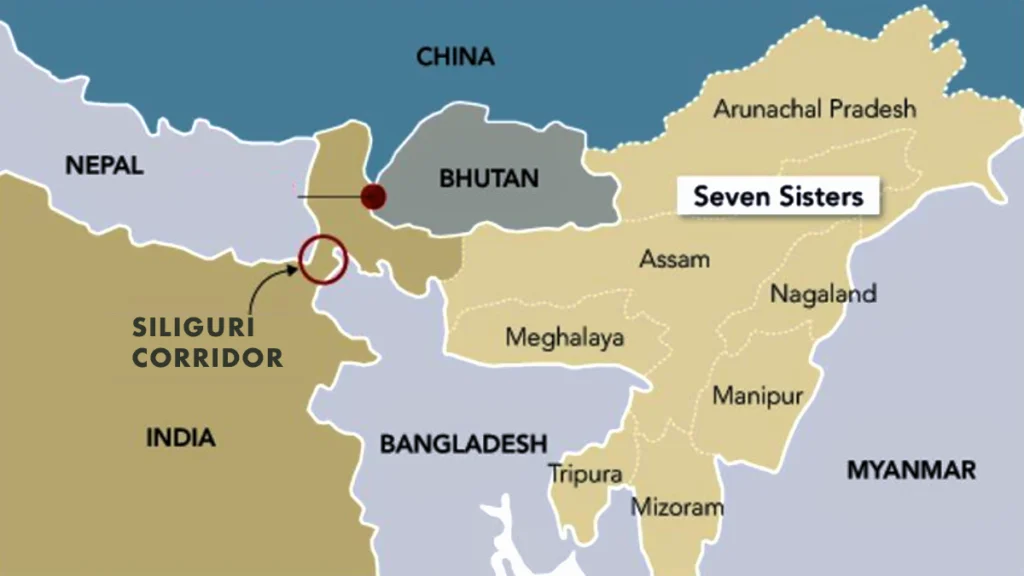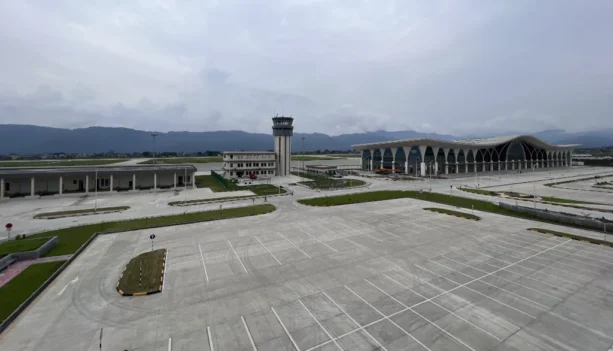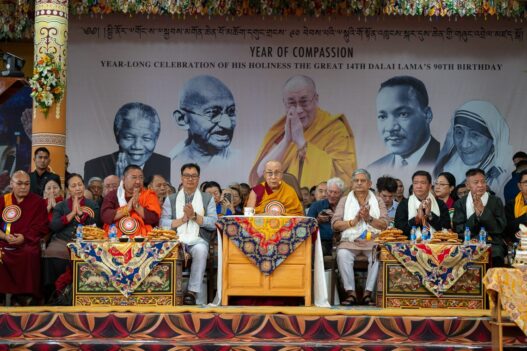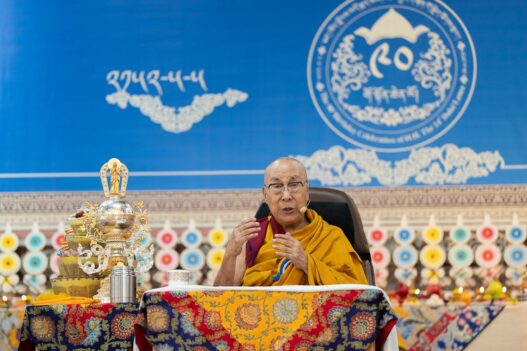India’s North East is tethered to the rest of the country through the narrow, 20-kilometre-wide Siliguri Corridor, often referred to as the “Chicken’s Neck.” The corridor’s vulnerability remains a paramount concern, especially given China’s growing influence in its neighbourhood. Lieutenant General Rana Pratap Kalita, former chief of the Indian Army’s Eastern Command, addressed this at a recent conclave titled, ‘Eastern Borderlands: Prospects and Pathways for Enhancing Livelihoods, Security and Cross Border Trade Amidst Regional Transitions,’ organised by The Borderlens in Guwahati. His insights, drawn from years of military leadership and his personal experience as a resident of Assam, provided a deep, first-hand understanding of this strategic challenge.”
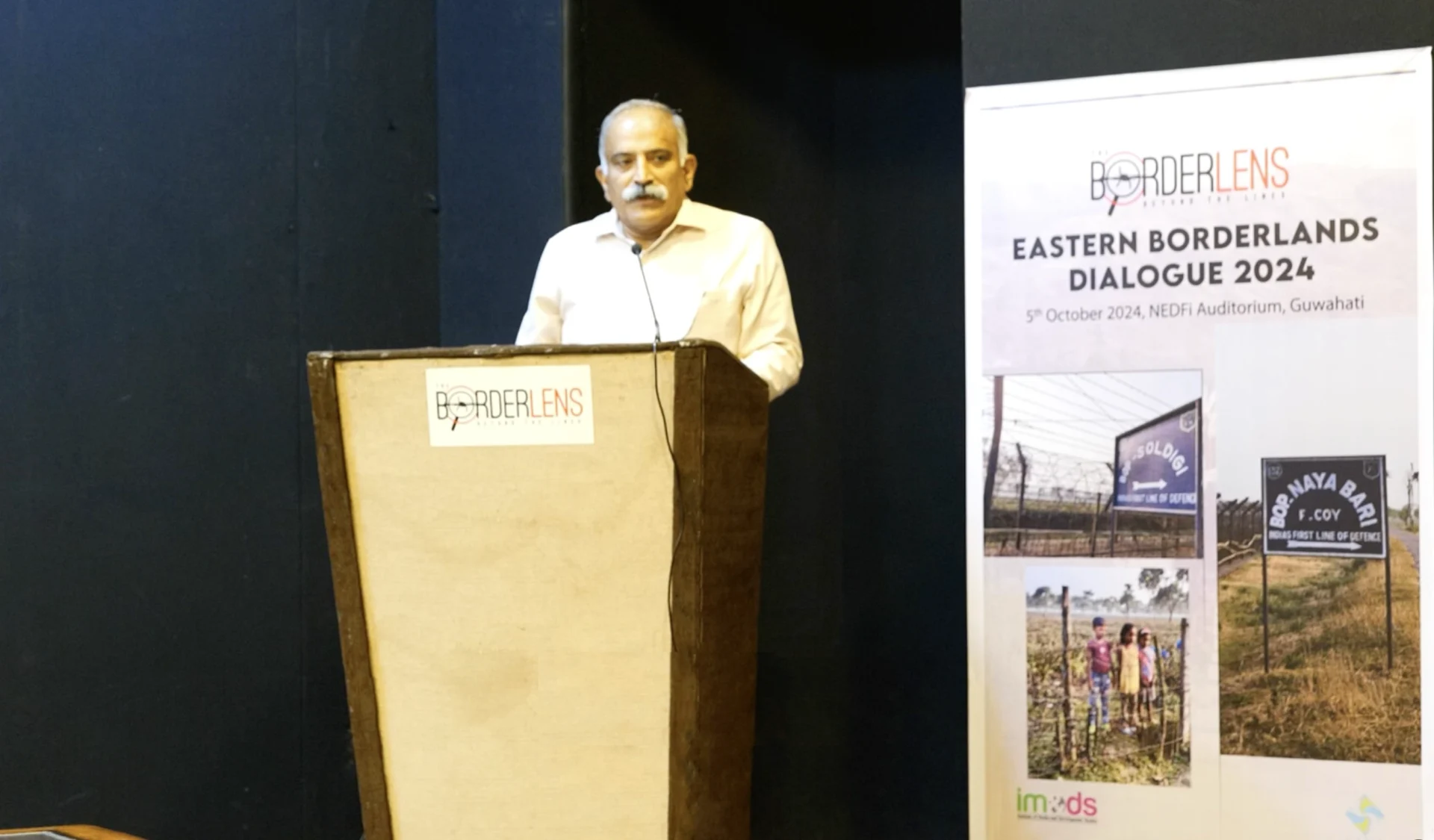
General Kalita’s keynote address made it clear that the Siliguri Corridor is not just a vital link but the “lifeline of the Northeast.” The fragility of the corridor, which connects India’s North East to the mainland, was laid bare in his analysis. With 99% of the region’s borders shared with five neighbouring countries—China, Myanmar, Bangladesh, Bhutan, and Nepal—the remaining 1% of the land boundary through the corridor becomes a crucial artery for the region’s security and economic well-being. Any attack or blockade on this passage, General Kalita stressed, could lead to the North East being cut off from the rest of India. “How do we connect the Northeast to the rest of the country?” he asked, signalling the gravity of the situation.
The former Eastern Command army chief pointed out how alternative routes like the Kaladan Multi-Modal Transit Transport Project in Myanmar and connectivity through the Chittagong port to Tripura have been stymied by conflict in Myanmar and political unrest in Bangladesh, leaving the Siliguri Corridor as an even more essential pathway. Presently, serving as the Chairperson of the 7th Assam State Finance Commission, General Kalita’s concerns over the increasing Chinese threat were not limited to direct military confrontations. He highlighted the asymmetric nature of these threats, citing China’s growing involvement in Myanmar through the China-Myanmar Economic Corridor (CEMEC), which enhances Beijing’s leverage in the region.
The increasing presence of Chinese workers, particularly in the Rangpur Division of Northern Bangladesh in Dinajpur, was an equally troubling development raised by General Kalita. These infrastructural projects, which he speculated could be a cover for strategic or military purposes, are uncomfortably close to India’s Siliguri Corridor. He also flagged China’s expanding influence in eastern Nepal, particularly in projects close to the corridor, which poses a significant security challenge given the open borders between India and Nepal.
General Kalita’s analysis extended beyond immediate territorial threats. He recalled the 2017 Doklam standoff, a 73-day military confrontation in which China made an aggressive push through Bhutan, aiming for the corridor. “The Chinese have been persistently making attempts to come close into areas of Doklam,” General Kalita noted, underscoring that China’s ambitions to control this region are ongoing. The increased Chinese presence in the Chumbi Valley of Tibet, a mere stone’s throw from the Siliguri Corridor, adds to the urgency of safeguarding this region. General Kalita also echoed concerns voiced by General Manoj Pande, former Chief of Army Staff, who labelled the corridor as “sensitive” and a top security priority for India.
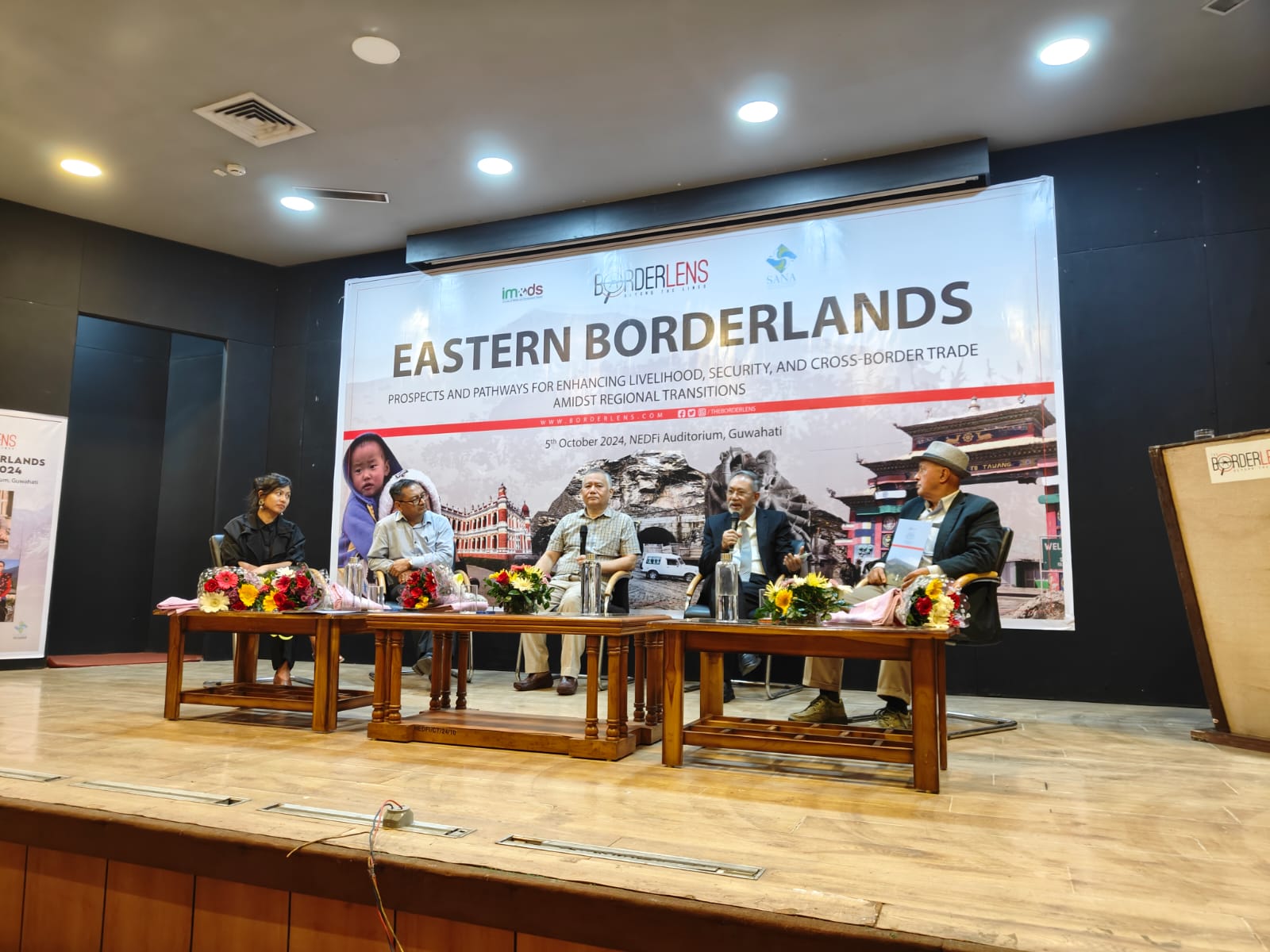
Adding depth to the analysis, General Kalita cited reports of large-scale Chinese infrastructure development in the Tibet Autonomous Region (TAR). These include not just road networks but military bases and airfields, which bring China’s military might within striking distance of the Siliguri Corridor. “If you construct everything on a map,” Kalita explained, “the Chinese intrusion in western Bhutan, their activities in eastern Nepal, and northern Bangladesh will depict moves that point to the Siliguri Corridor.” This narrow stretch of land is essential not just for security but for economic reasons, as over one million vehicles pass through the corridor daily, transporting approximately 2,400 metric tonnes of goods and generating ₹142 crores in revenue per day.
General Kalita’s concerns were not limited to external threats. He highlighted the need for India to develop its own capabilities to counter these challenges. “The Chinese will continue to be aggressive in their border management,” he stated, stressing that China’s strategy of “salami slicing” — taking small, incremental steps to expand control without triggering an immediate large-scale conflict — has become more pronounced in recent years. General Kalita emphasised that China’s posturing along the border will only intensify as it seeks to militarise the India-China boundary further.
In his concluding remarks, General Kalita underscored the shift in India’s defence strategy, pointing out the need for a holistic, national approach to counter China’s aggressive manoeuvres. “Any future war will not be fought by the military alone,” he cautioned. “It has to be an all-of-nation approach, where everybody is a soldier in that war.” This view aligns with India’s increasing focus on capacity development and civil-military fusion, an approach designed to synergise efforts across sectors in the face of mounting security threats.
General Kalita’s address captured the essence of the multi-faceted challenges facing India in the Siliguri Corridor — a lifeline that remains under constant threat. China’s expanding presence in Nepal, Myanmar, and Bangladesh, signals the growing complexity of securing this narrow strip of land, which is vital to India’s national security and economic stability. The situation calls for a robust, integrated response that goes beyond traditional military strategies and engages all sectors of society in safeguarding this critical corridor.

